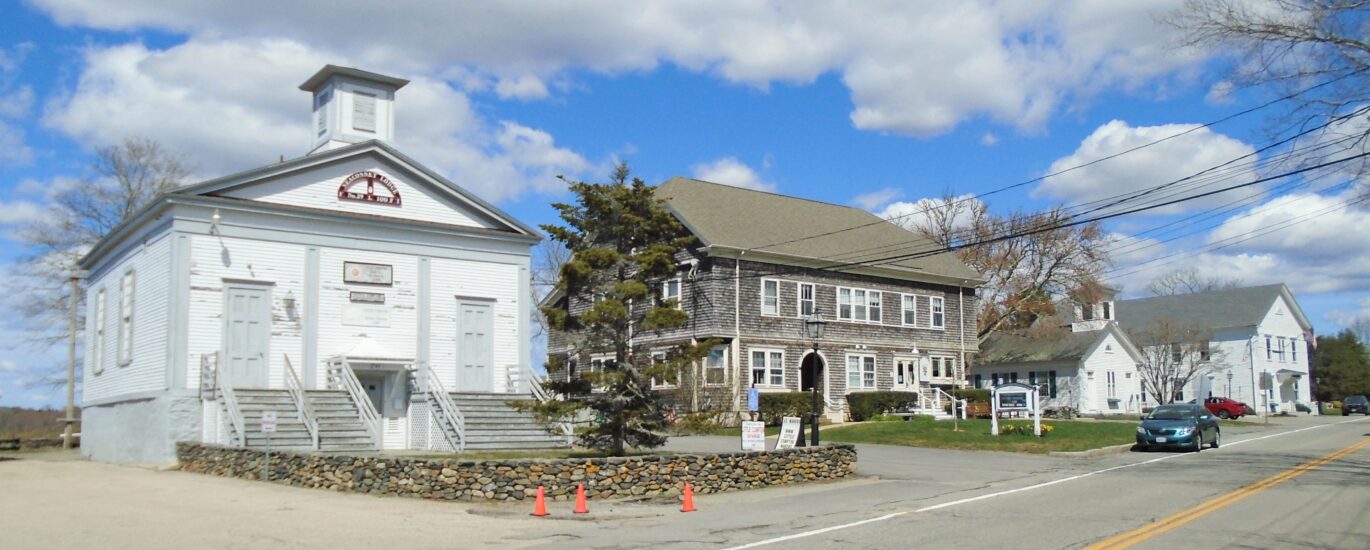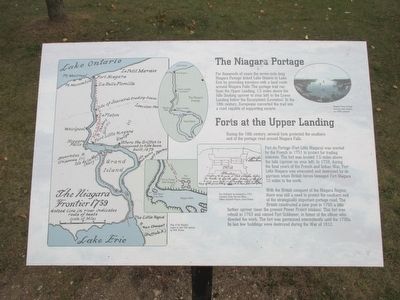Welcome to the Little Compton Historic District, a place steeped in rich history dating back to the days of the Sakonnet, a part of the Wampanoag Tribe. This area was first inhabited by the indigenous Sakonnet people, whose presence here can be traced back over 12,000 years. As you explore, imagine the Sakonnet living in harmony with the land, cultivating their fields and trading with neighboring tribes.
In the 17th century, European settlers began to arrive from Plymouth Colony, led by figures like Colonel Benjamin Church, a notable military leader during King Philip’s War. Church played a pivotal role in the conflict between the English settlers and Native American tribes, which was a defining moment in the area’s history.
The land that is now Little Compton was officially incorporated in 1682, originally known as Sakonnet, but renamed to Little Compton, drawing inspiration from a town in Warwickshire, England. This transition marked the beginning of its development into an English-style village, complete with a town common, church, and school, much of which still stands today.
The town’s layout reflects its colonial past, with the Little Compton Commons serving as a central hub. Here, you will find the United Congregational Church with its impressive steeple, a testament to the town’s religious heritage. The area also includes a colonial cemetery, where notable figures like Benjamin Church and Elizabeth Pabodie, daughter of Mayflower passengers John Alden and Priscilla Mullins, are buried.
Over the years, Little Compton has evolved from a small colonial settlement into a charming coastal town, attracting visitors with its historical sites and serene landscapes. Its history is a microcosm of the broader American narrative, showcasing the interactions and transformations that have shaped New England.



